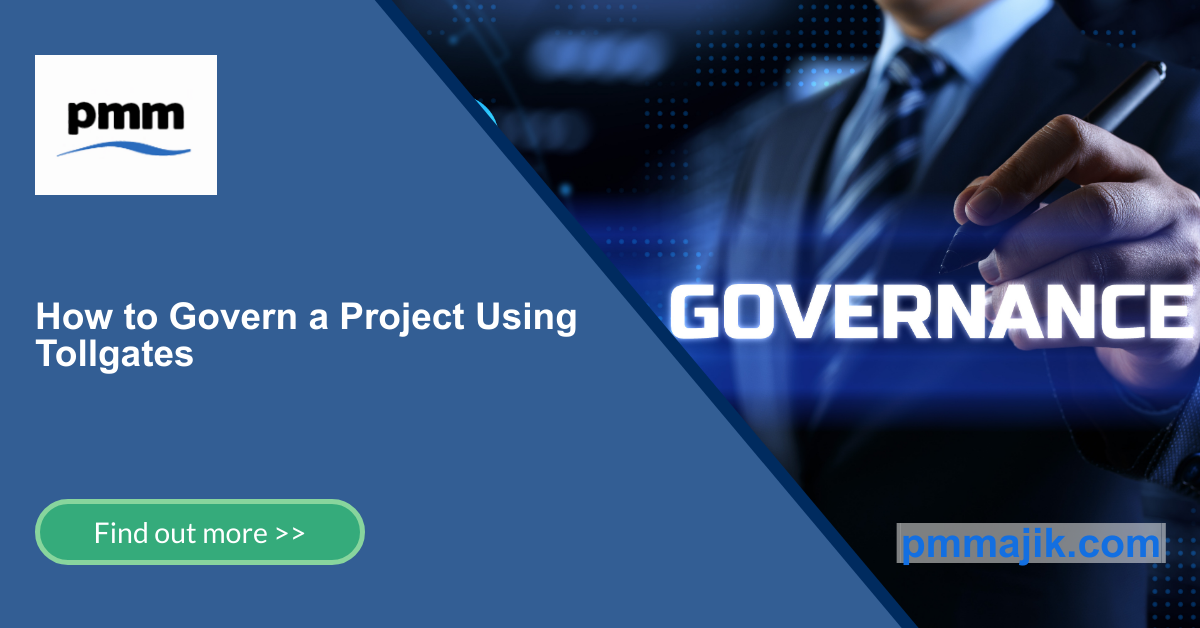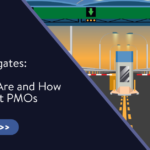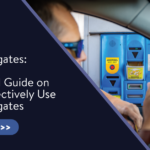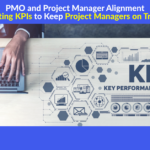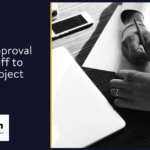Project governance is often challenging for PMOs. However, project tollgates can simplify and streamline matters greatly. Of course, management needs to know how to govern a project using tollgates. Governing a project with tollgates truly comes down to knowing where to position each tollgate, clear communication with stakeholders and sponsors, a firm understanding of the criteria for each tollgate, and keeping the project team involved, informed, and moving forward.
What Are Tollgates?
Before diving into how to govern using them, it helps to define tollgates in the first place. So, let’s have a quick refresher. Tollgates are precisely what they sound like – points during a project plan when progress stops. During this time, the manager, stakeholders, and others will review progress, check that the project is on track, and ensure that short-term goals are met.
So, how do PMOs use these tools to ensure proper project governance?
1. Set Tollgates
The first step is to ensure that you have accurately set tollgates within the project plan. If you’re following the DMAIC format, each phase should include three tollgates. If you’re following the Waterfall methodology, you’ll want a tollgate within each of the five phases – planning, design, implementation, verification, and maintenance.
Regardless of the method, you can use basic questions to determine where a tollgate should be placed.
- Are you nearing the end of a phase?
- Do you need to review the work completed before moving to the next steps?
- Is this a good time to involve stakeholders and others in a review of the work most recently completed?
- Are there features/functions implemented that need to be checked?
2. Give Them Something to Measure
Setting tollgates correctly is just one of several steps. You’ll also need to define objective, measurable criteria for each tollgate.
- What was completed in the last phase?
- Who needs to be involved in the review?
- What should be measured?
- What baseline will you use for measurement?
- How will you determine success or failure?
- What are the next steps if part of the phase doesn’t “measure up” to expectations?
3. Hold Review Meetings
Tollgates include review meetings. You’ll need to ensure that the right people are involved at each step. In most cases, you’ll need all relevant stakeholders included. Note that stakeholders may change from phase to phase depending on what work was accomplished in that phase or the specific features and functionalities deployed during that phase.
In addition to stakeholders, you’ll need the project’s sponsor involved, as well as the manager. In some cases, it may be necessary to involve part of or even the entire development team, but this will vary from phase to phase. In most cases, only those team members who were actively involved in the current phase will need to be included.
4. Ensure Requirements Are Met
The true purpose of a tollgate within a project is to ensure that all project-specific requirements for the current phase have been met. Verify that they have been and if not, create an action plan that will address the situation. It may also be necessary to determine why the requirements were not met and create a plan to avoid that in the future.
In Closing
Governing a project is a difficult task. Tollgates make it much simpler by breaking things up into manageable steps with short-term goals. Regular reviews, ongoing communication with stakeholders, and ensuring that your team members are all on board will also help ensure that the project has the best possible chance of success. Whether you’re following the Waterfall method, DMAIC, or another non-Agile methodology, tollgates act as stepping stones toward successful project completion.
